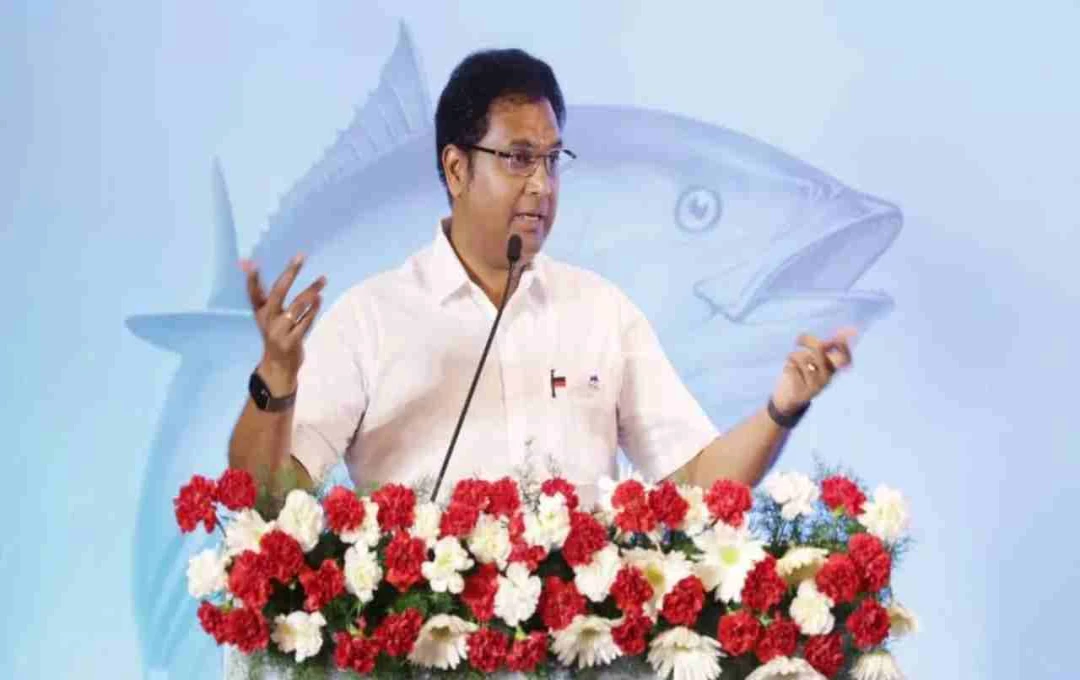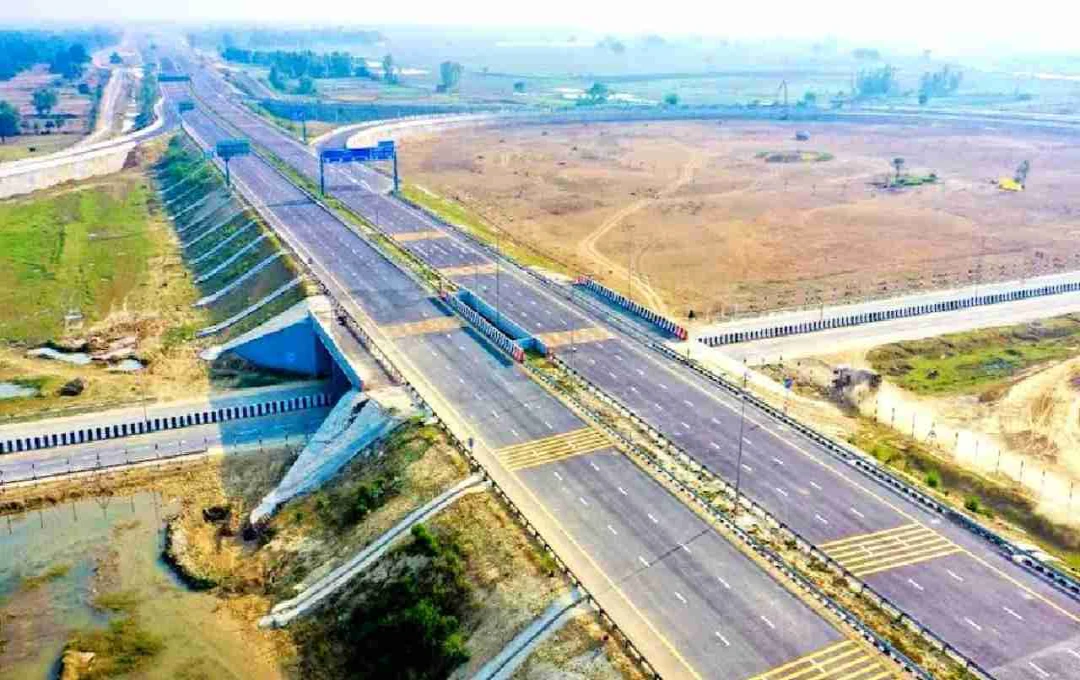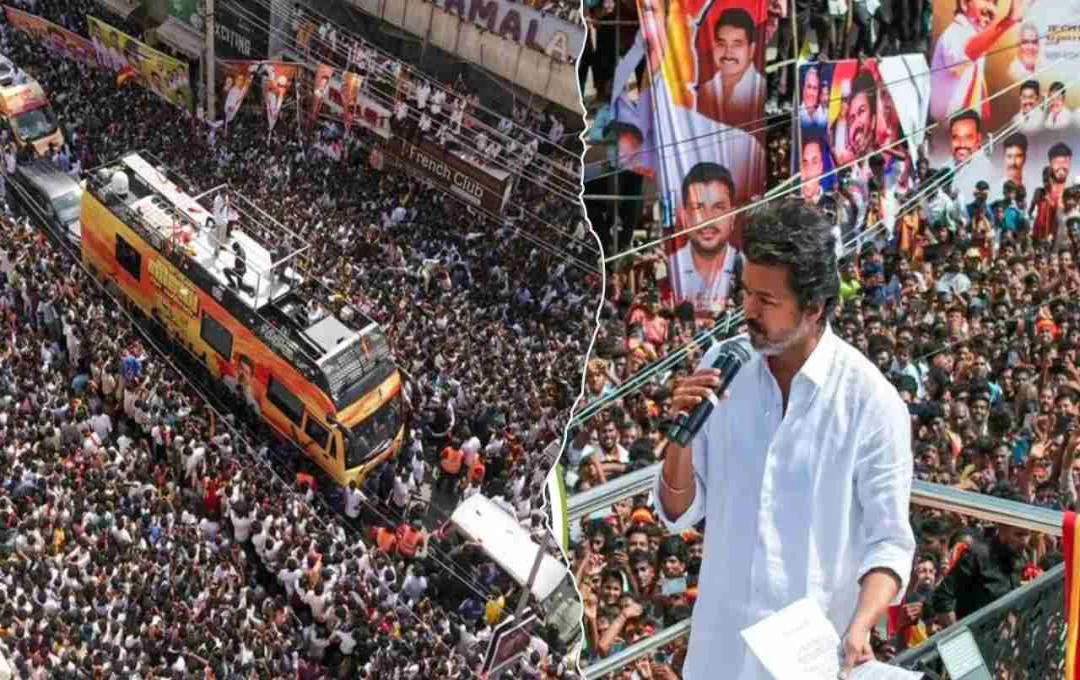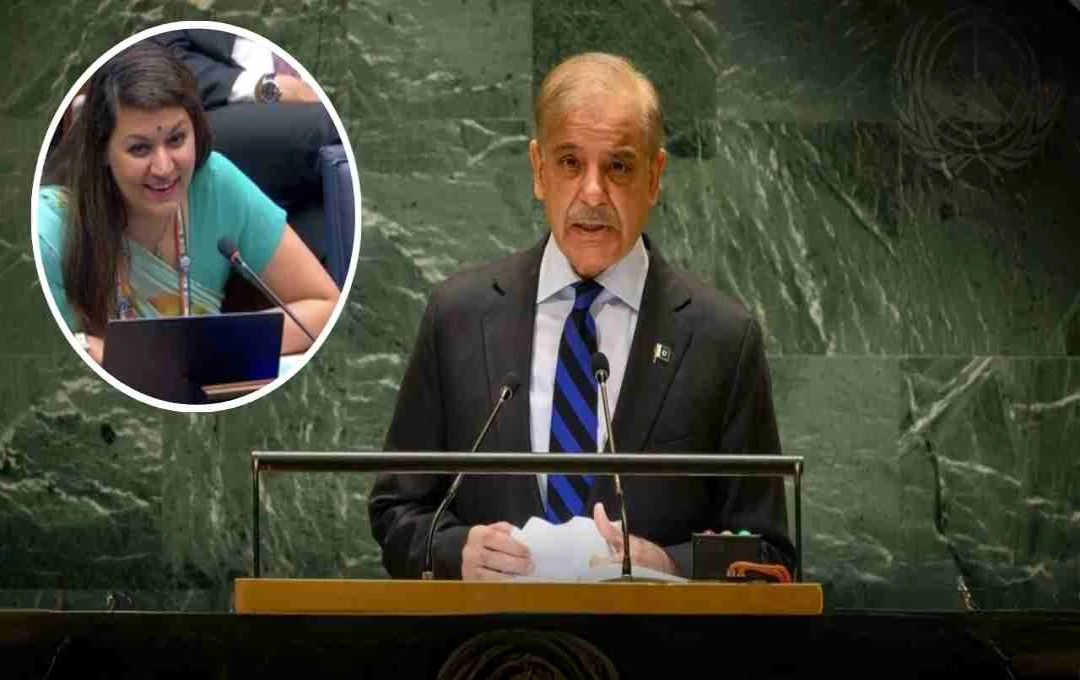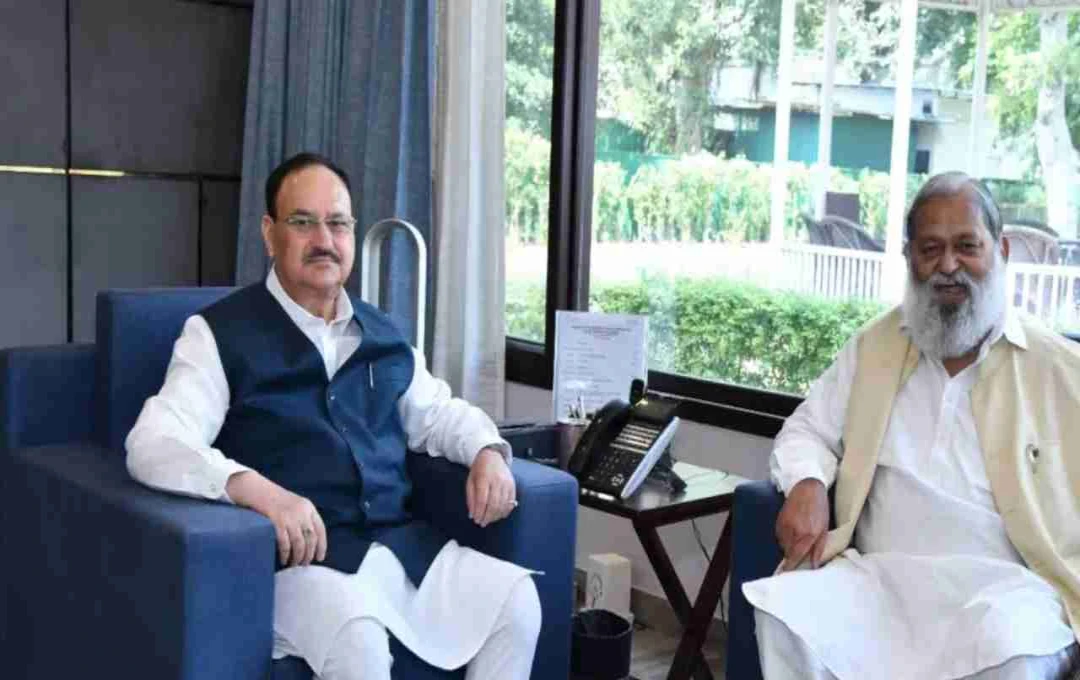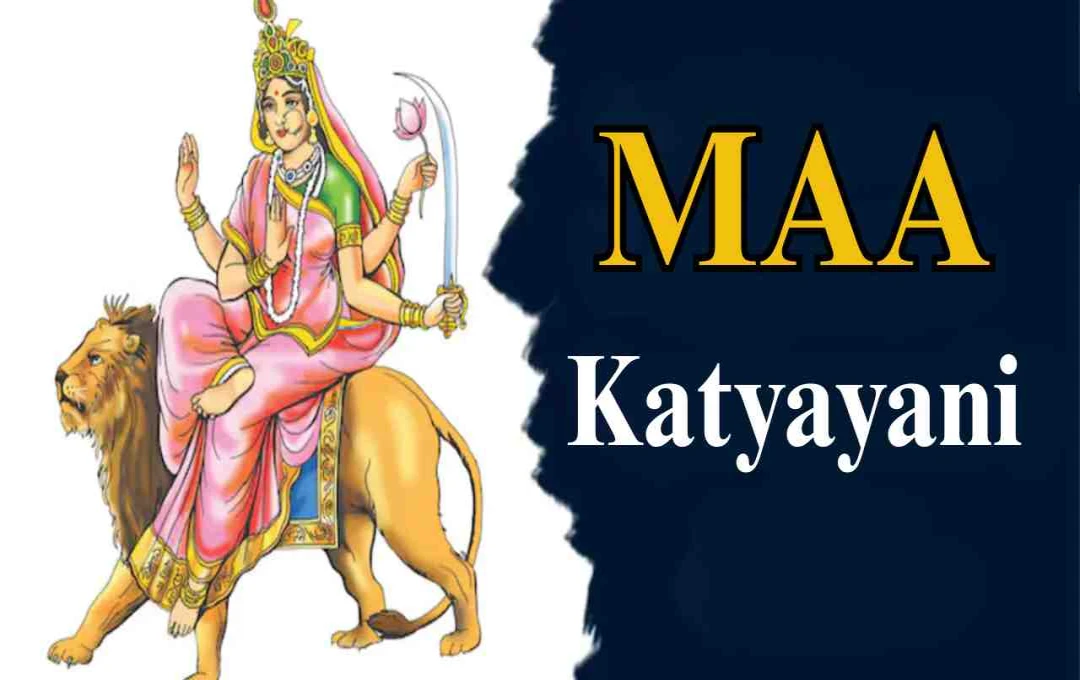Negotiations accelerate towards a new trade agreement between India and the United States, tentatively termed the 'Early Trench' agreement.
Early Trench: India and the United States are engaged in rapidly progressing negotiations for a significant trade agreement dubbed the 'Early Trench.' This agreement is expected to be finalized before July 9th and could represent a crucial step towards strengthening bilateral trade. Success would enhance both the access and competitiveness of Indian products in American markets.
What is the Early Trench?
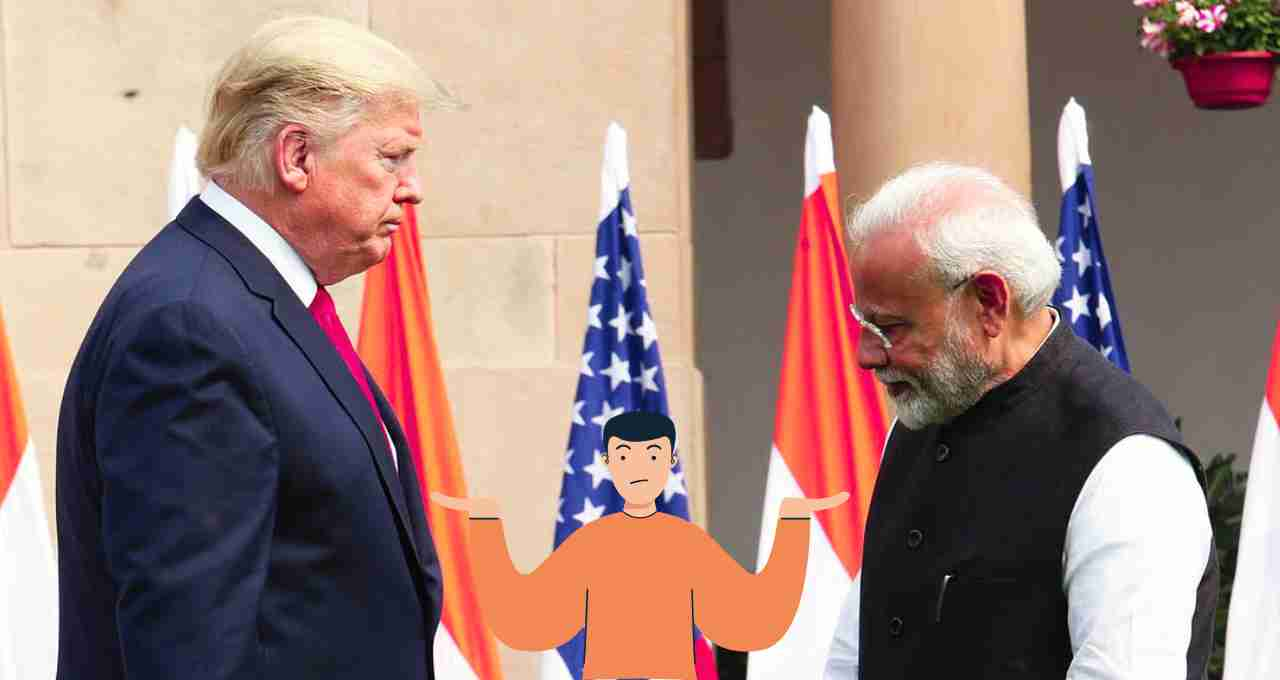
An Early Trench agreement is a preliminary and limited version of a broader trade deal, focusing on specific products and sectors. The ongoing discussions between India and the United States fall under this category. This initial agreement may involve mutual concessions on tariff reductions for a limited number of goods, improved trade facilitation, and the removal of technical barriers.
Why is the July 9th deadline significant?
July 9th marks the potential date for the revocation of certain trade tariffs by the United States. This date is crucial because India desires a written agreement before then, ensuring mutual benefit and avoiding unilateral announcements.
India's stance is significant because of past instances where the U.S. made trade announcements via social media or press conferences without prior consultation, creating confusion. Therefore, India now seeks a formal, written agreement, mirroring the approach taken with the United Kingdom.
Which products are under discussion?
The U.S. seeks tariff reductions on certain American agricultural products and automobiles, some of which constitute significant export sectors for the U.S. Conversely, India aims for the U.S. to reduce import duties on Indian textiles, footwear, auto parts, and other manufactured goods to 10 percent. This would make Indian products more affordable and increase their sales in the American market.
Currently, these Indian goods face a combined tariff of up to 26 percent in the U.S., including a 10 percent U.S. tariff and Indian export duties. Despite this, Indian products remain globally competitive; further tariff reductions would enhance this competitiveness.
Addressing Trade Facilitation Challenges
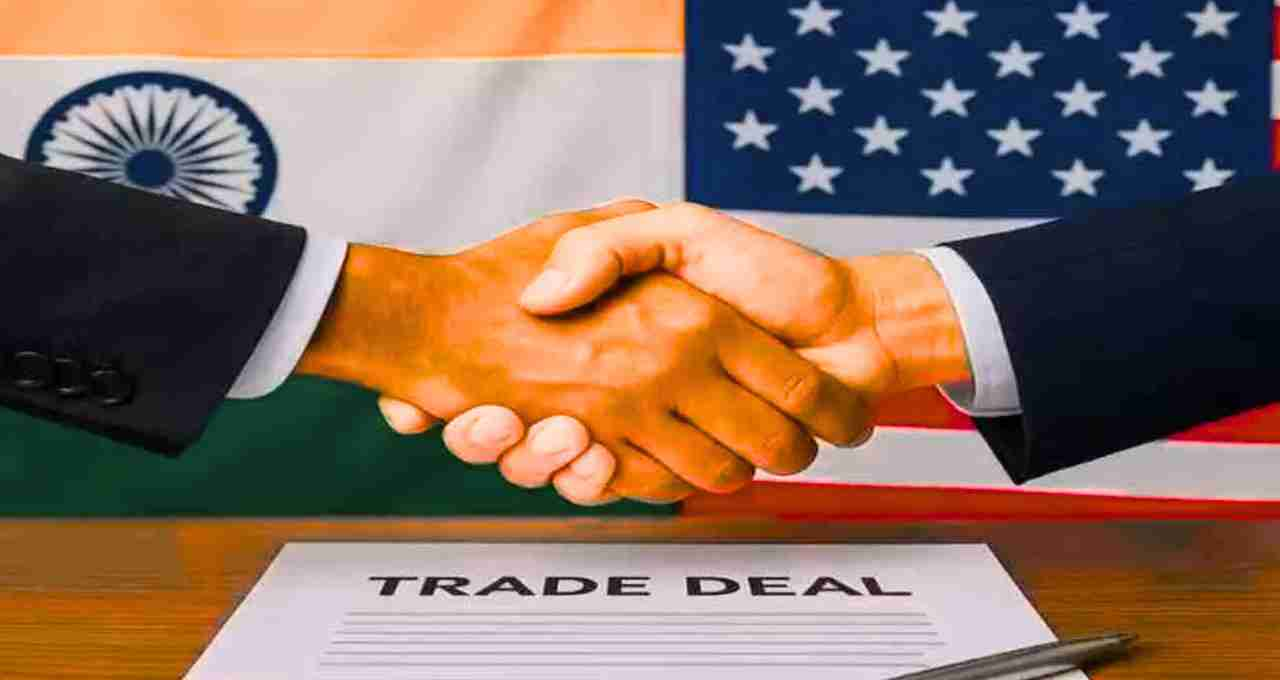
India-U.S. talks emphasize not only tariff reductions but also streamlining trade processes. Discussions cover regulatory conditions related to food products and plants, digital trade, customs procedures, and trade transparency. India seeks simplification of regulations and technical barriers faced by exporters in the U.S. market.
Direct Benefits for Indian Exporters
A timely agreement would facilitate market access for Indian exporters. Tariff reductions would lower prices and boost competitiveness, particularly benefiting the textile, footwear, and auto parts sectors. Small and medium-sized enterprises would also gain improved access to the U.S. market.
U.S. Congressional Approval Presents a Major Hurdle
However, the path is not entirely clear. The U.S. President currently lacks the authority to sign a comprehensive trade agreement independently. A broad zero-duty system requires Congressional approval. Therefore, India and the U.S. are pursuing a limited agreement to provide relief on certain goods without parliamentary intervention.
Awaiting Judicial Decisions
Legal challenges are pending regarding U.S.-imposed tariffs on certain products, previously implemented under emergency regulations by the Trump administration. India seeks preferential treatment compared to countries without specific trade agreements with the U.S., even if U.S. courts deem these tariffs unlawful.


